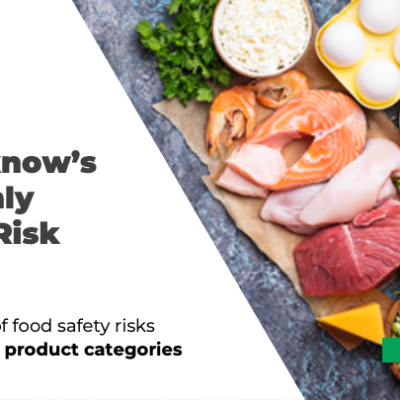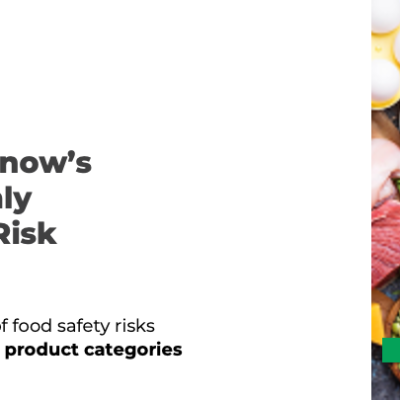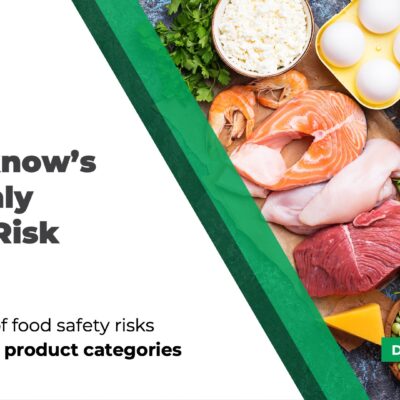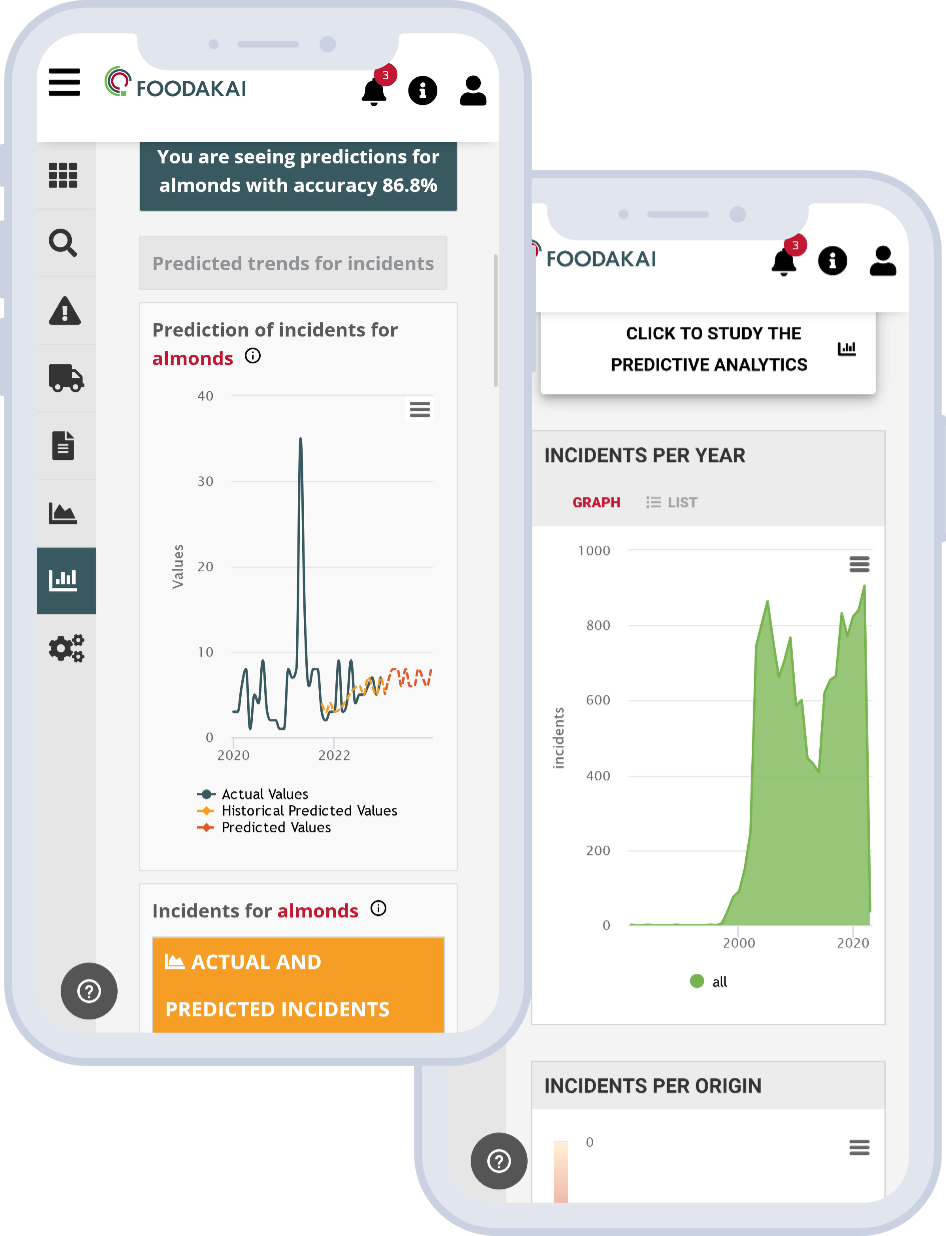
“When they start to share that data as an industry group, the real value emerges because you get a bigger picture of what’s going on in the environment”
In April the second episode of the Food & Intel Fireside Chats with Nikos Manouselis, CEO at Agroknow was released. In this video series, Nikos Manouselis invites food safety experts from around the globe to delve into the world of digital food safety and discuss all things AI and its applications in food safety.
In this episode, Nikos Manouselis sat down Cronan McNamara, CEO at Crème Global to talk about the pivotal role of AI in enhancing the efforts of food & beverage companies in achieving and exceeding compliance with food safety standards.
The discussion revolved around topics such as:
- Transitioning to AI and Machine Learning
- Comparing Traditional Modeling & AI modeling
- The importance of data sharing and cultivating a climate of trust towards AI models
- The application of mathematical modeling in Food Safety
Watch the full episode here.
Here’s a short snippet of the interview:
Nikos Manouselis: Let's talk about data. Where is the data that you're working with coming from?
Cronan McNamara: Yeah, there's different sources of data. There are public data sets that we can access, and governments publish these, uh, for example the NHANES, the CDC in the USA would publish the NHANES database which is very rich and has lots of information in it and it's useful, uh. Other data sets, like the Agricultural Research Service at the USDA and other pesticide programmes and monitoring programmes and all these data sets can be published. And other European and Asia and South American countries have similar data sets.
So that I always like to kind of start from the public data and see what's there and what you can access. Sometimes you have challenges around access, accessing the data and seeing what permissions are associated with that data and trying to negotiate that process. So that's a good start. But the thing is everybody has that data, right? So, for a company, it's not necessarily a competitive advantage to have that data. You can spend time and effort to curating it and making it useful. But there's some value in that.
But then the real interesting part comes when you have industry data or somehow working with industry clients or even government clients to gather private data and be that around the products that they're creating the formulations or the monitoring programmes that they're participating in, in private industry as an individual entity.
And there's certain value in their own data, but when they start to share that data as an industry group, the real value emerges because you get a bigger picture of the what's going on in the environment, in their sector, and you get enough data to train a model as we know, you know, machine learning models are hungry for data.
So, the more data you have, the better you can train a model, so it's great when organizations start to pool data that can be used for training machine learning models.

Nikos Manouselis: So, one source of data is coming from the public sector world. And although it is something that everyone can access or try to access and process and use, it's not as easy as it original sounds. And then the second source that I hear you describing is customer’s data. An organization is coming and is sharing private data with you because they want to build something to address one of their use cases.
Cronan McNamara: Yeah.
Nikos Manouselis: But you do highlight again, it's I think the third, the second or third time that you highlight this in our conversation. The value of getting more than one organization pulling together their private data. How open are they in doing something like this?
Cronan McNamara: Yeah, that's the challenge for many reasons. And it's always a slow start to these kind of initiatives. So, lots of industries have done this really well and actually at the SOT conference coming up, we're going to do a little joint presentation with Reform, the research industry for fragrance materials on how they got it right, how they've done this for many years and really shown a very successful case study of industry sharing data.
Now these are fragrance formulations which are very, very highly secretive. These are the secret sauce of perfume, fancy brands and perfume that they don't want people to know how they formulate those mixtures to make these expensive perfumes. And then they sell those onto other product manufacturers like shower gels and shampoos and body lotions to use those same fragrances. So very proprietary information they would never share that data with their customer. But rift them through good science and good trust building over the years convinced them to start sharing that data with Reform, the researchers for fragrance materials.
So now they have done, they've gathered data of over 2800 fragrance ingredients. They've got the most comprehensive database of formulations used in the whole cosmetics and personal care sector. When the government has a question, they go to Reform. When the industry has a question, they go to Reform. And we work with Reform to help them gather that data and we've put together the model of exposure and risk that's used then to set safe limits for all of those fragrance ingredients in collaboration with Reform.
So, it's great when you see success stories like that and you can use it to motivate other sectors to try and do something similar, but they're always slow to get started. But when they do get started, as I think you know, in other projects and they can really build up a strong trust and uh collaborative, you know, uh community there, that actually tends to really work well together in, in the medium term.
Nikos Manouselis: And what I hear you describing again is that the real value is in creating a resource that is of value and supports and delivers value to everyone involved, all the stakeholders that are involved in sharing data.
Want to know more?
You can watch the discussion on our YouTube channel here, or listen to it on our Spotify account here.
Want to receive helpful food safety intelligence in your inbox?
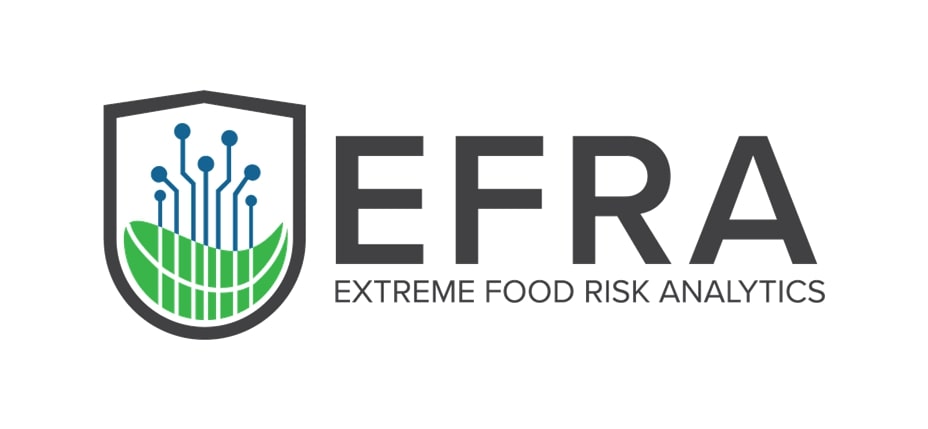 Funding for this research has been provided by the European Union’s Horizon Europe research and innovation programme EFRA (Grant Agreement Number 101093026). Funded by the European Union. Views and opinions expressed are however those of the author(s) only and do not necessarily reflect those of the European Union or European Commission-EU. Neither the European Union nor the granting authority can be held responsible for them.
Funding for this research has been provided by the European Union’s Horizon Europe research and innovation programme EFRA (Grant Agreement Number 101093026). Funded by the European Union. Views and opinions expressed are however those of the author(s) only and do not necessarily reflect those of the European Union or European Commission-EU. Neither the European Union nor the granting authority can be held responsible for them.


